Styling Tips for Sotho Traditional Clothing
Styling Tips for Sotho Traditional Clothing
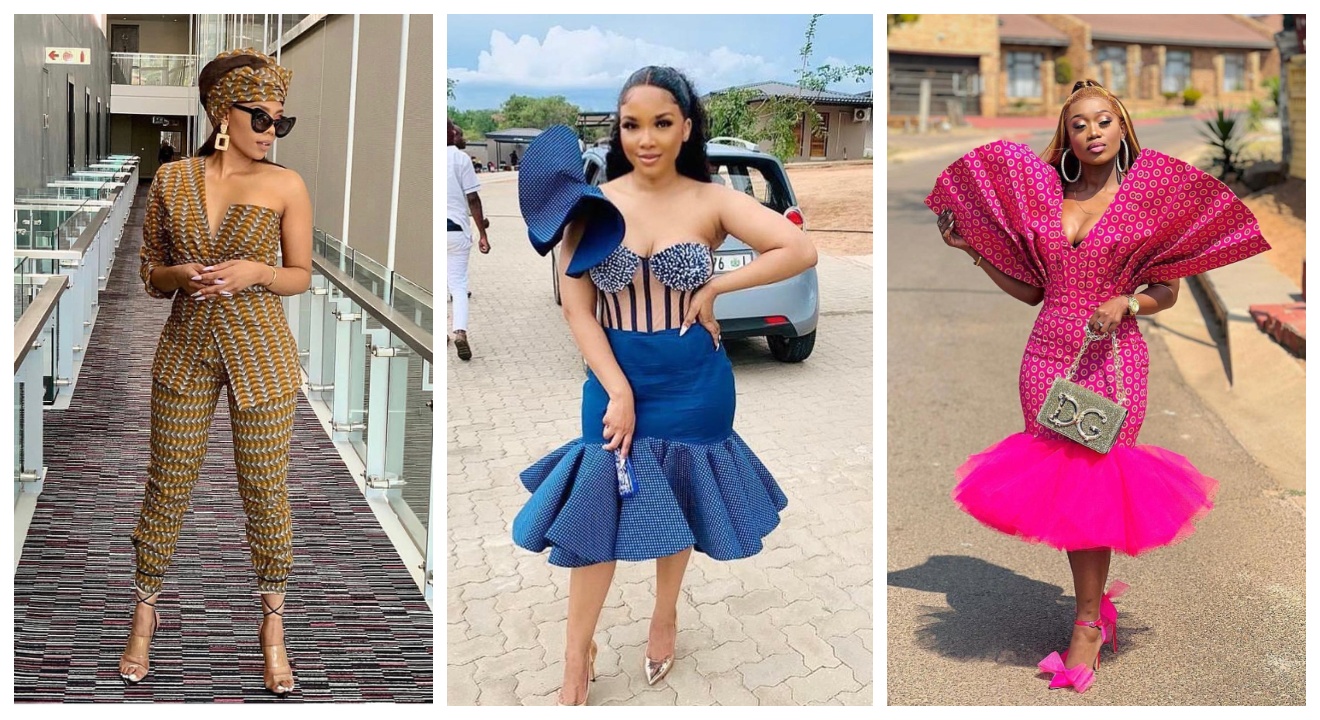
Introduction
When it comes to embracing cultural heritage, styling Sotho traditional clothing can be a unique and beautiful way to express one’s identity. Whether you are attending a wedding, a cultural event, or simply want to showcase your appreciation for the rich Sotho culture, these styling tips will help you make a statement with your traditional attire.
A brief overview of the significance and importance of Sotho Traditional Clothing
Sotho traditional clothing holds deep cultural significance for the Basotho people of Lesotho and South Africa. It serves as a symbol of identity, reflecting the traditions, beliefs, and customs of the Sotho community. The clothing typically includes the iconic Basotho blanket, worn by both men and women, which represents warmth, protection, and pride in heritage. The intricate patterns and vibrant colors infuse the attire with visual appeal and offer an opportunity for self-expression. By embracing Sotho traditional clothing, individuals not only pay homage to their heritage but also contribute to preserving and celebrating the beautiful traditions of the Sotho culture.
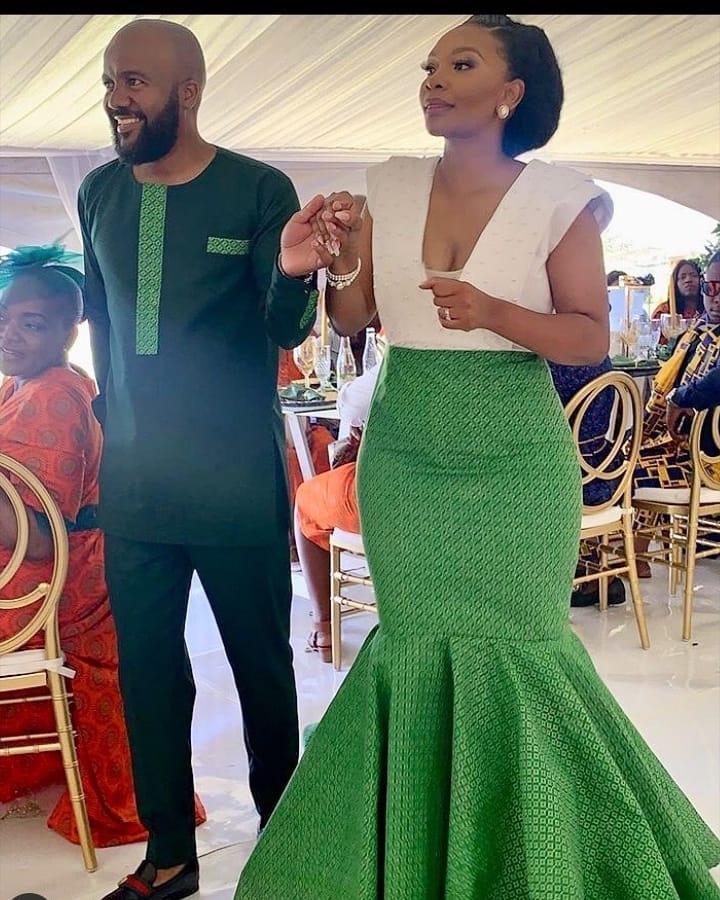

Understanding Sotho Traditional Clothing
Sotho Traditional Clothing is rich in history and cultural significance. It reflects the heritage and identity of the Sotho people, who are one of the largest ethnic groups in southern Africa. The traditional clothing worn by the Sotho people is a symbol of their cultural pride and serves as a way to express their traditions and beliefs.
Exploring the history and cultural significance of Sotho Traditional Clothing
Sotho Traditional Clothing has been passed down through generations and has evolved over time. The clothing is known for its vibrant colors, intricate patterns, and unique designs. Each piece of clothing tells a story and holds deep meaning within the community. It is often worn during special occasions such as weddings, festivals, and other cultural celebrations.
The clothing is made using traditional methods and materials, such as hand-woven fabrics, beads, and animal skins. The designs and patterns on the clothing represent different symbols and messages, reflecting the cultural values and beliefs of the Sotho people.
Wearing Sotho Traditional Clothing is not only a way to honor their heritage but also a way to celebrate their identity and promote cultural diversity. It is a reminder of the rich history and traditions that are deeply rooted in the Sotho culture. By wearing and appreciating Sotho Traditional Clothing, individuals can contribute to preserving and promoting the cultural heritage of the Sotho people.
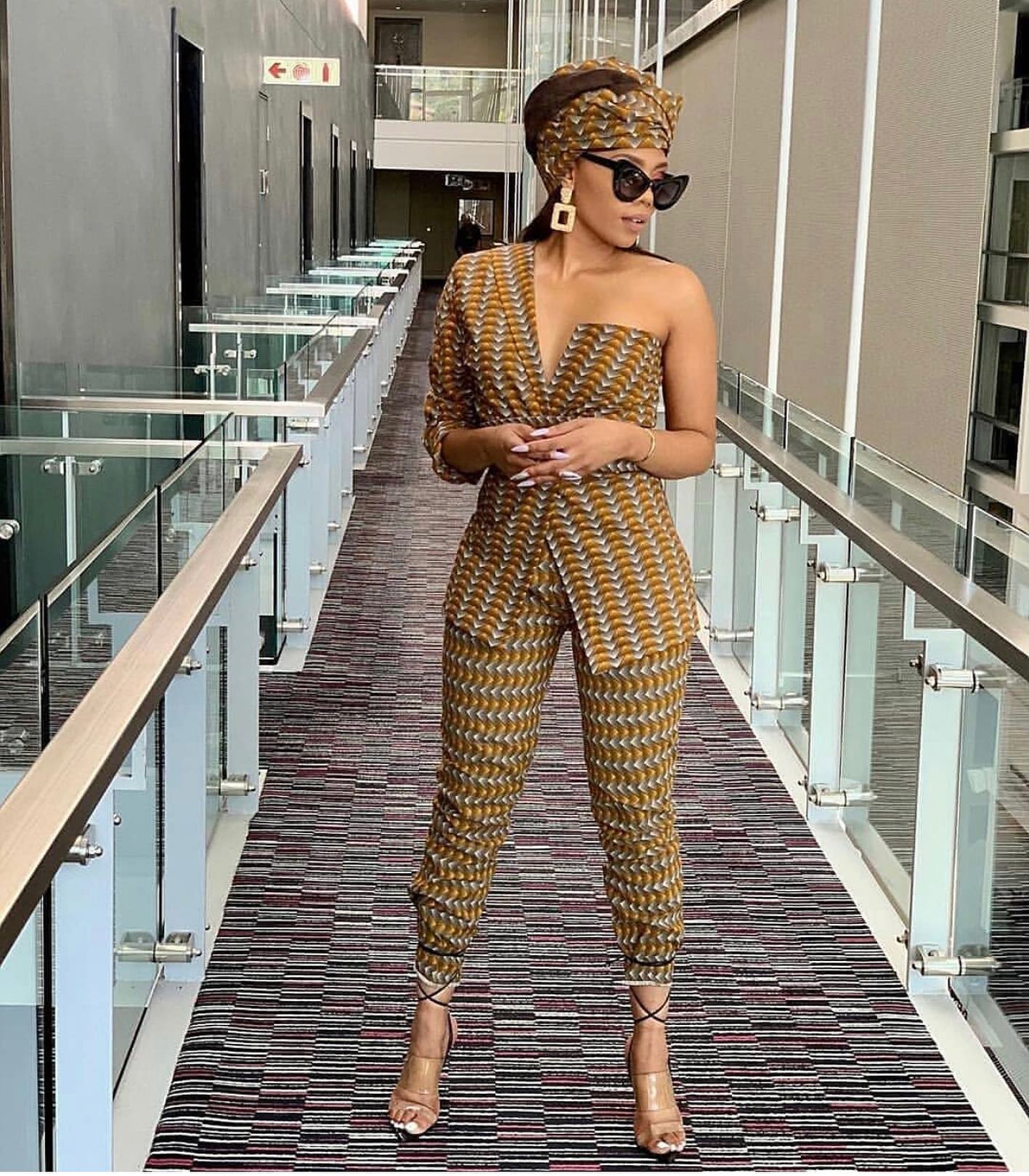
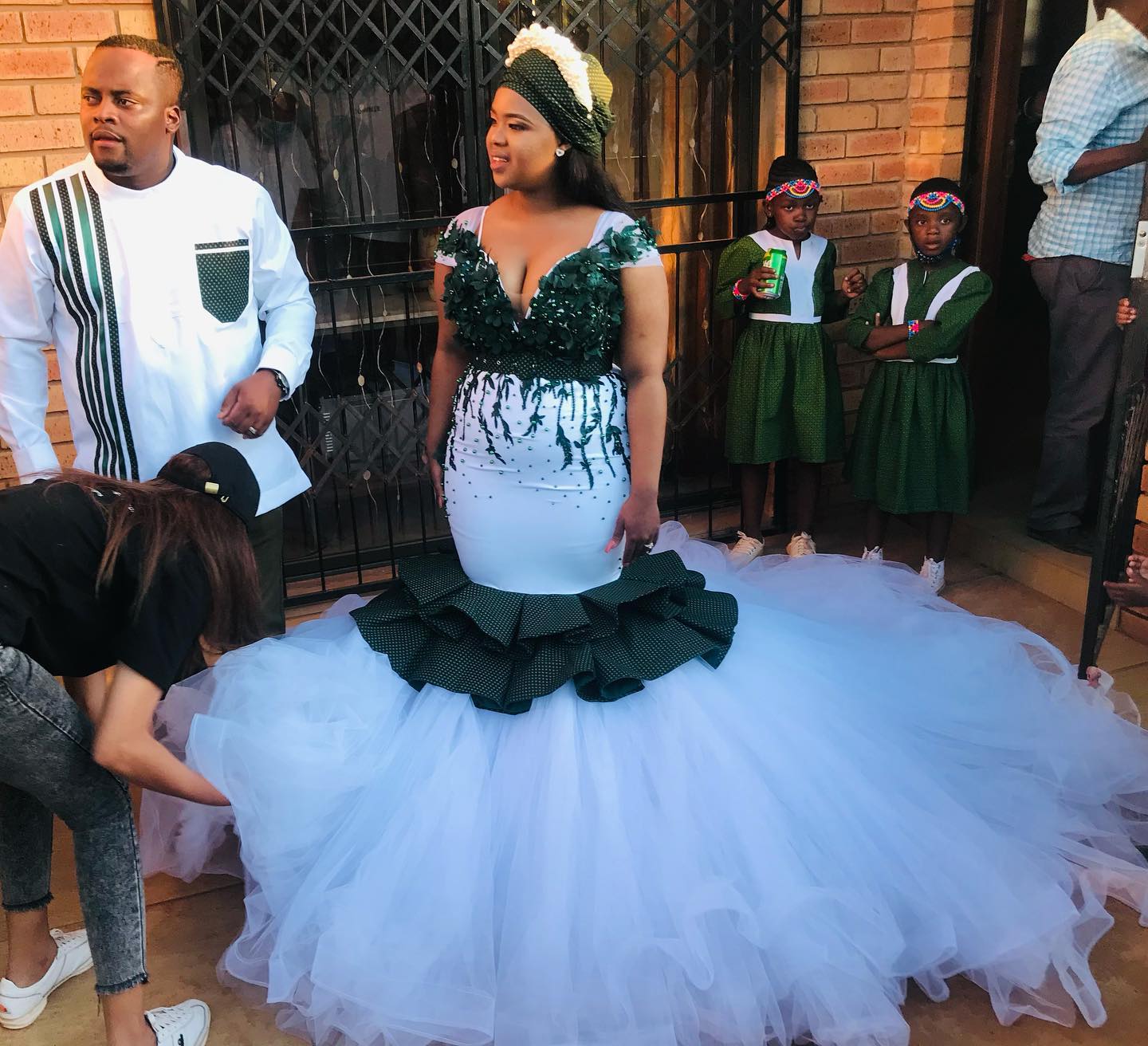
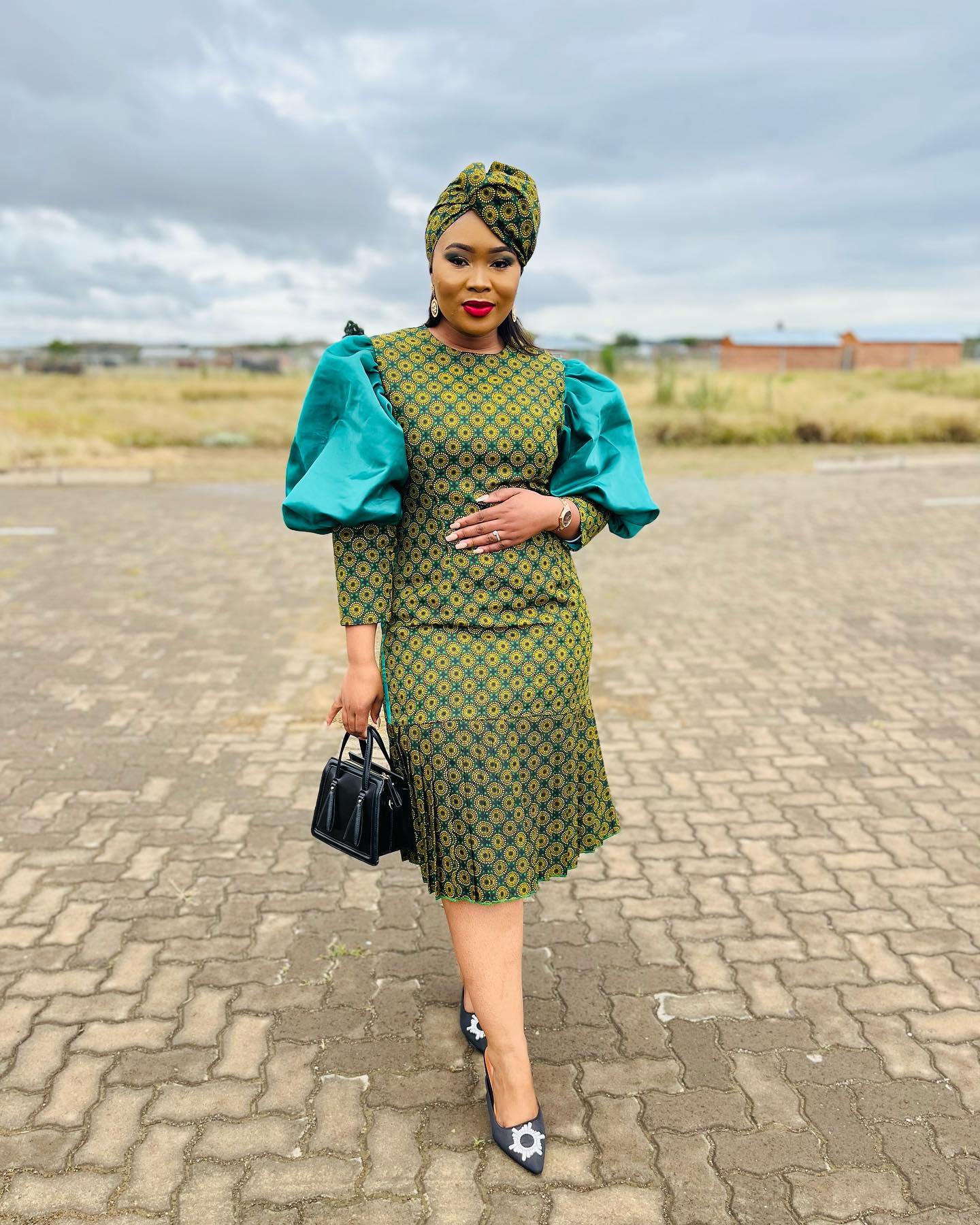
Top 3 Sotho Traditional Clothing Styles
1. The Shweshwe Dress: Origins, features, and styling tips
The shweshwe dress is a traditional Sotho clothing style that has its origins in the Eastern Cape of South Africa. It is characterized by its vibrant and colorful patterns, typically in blue, black, or red. When styling a shweshwe dress, consider pairing it with a statement headwrap or accessorizing with traditional jewelry to enhance the overall look.
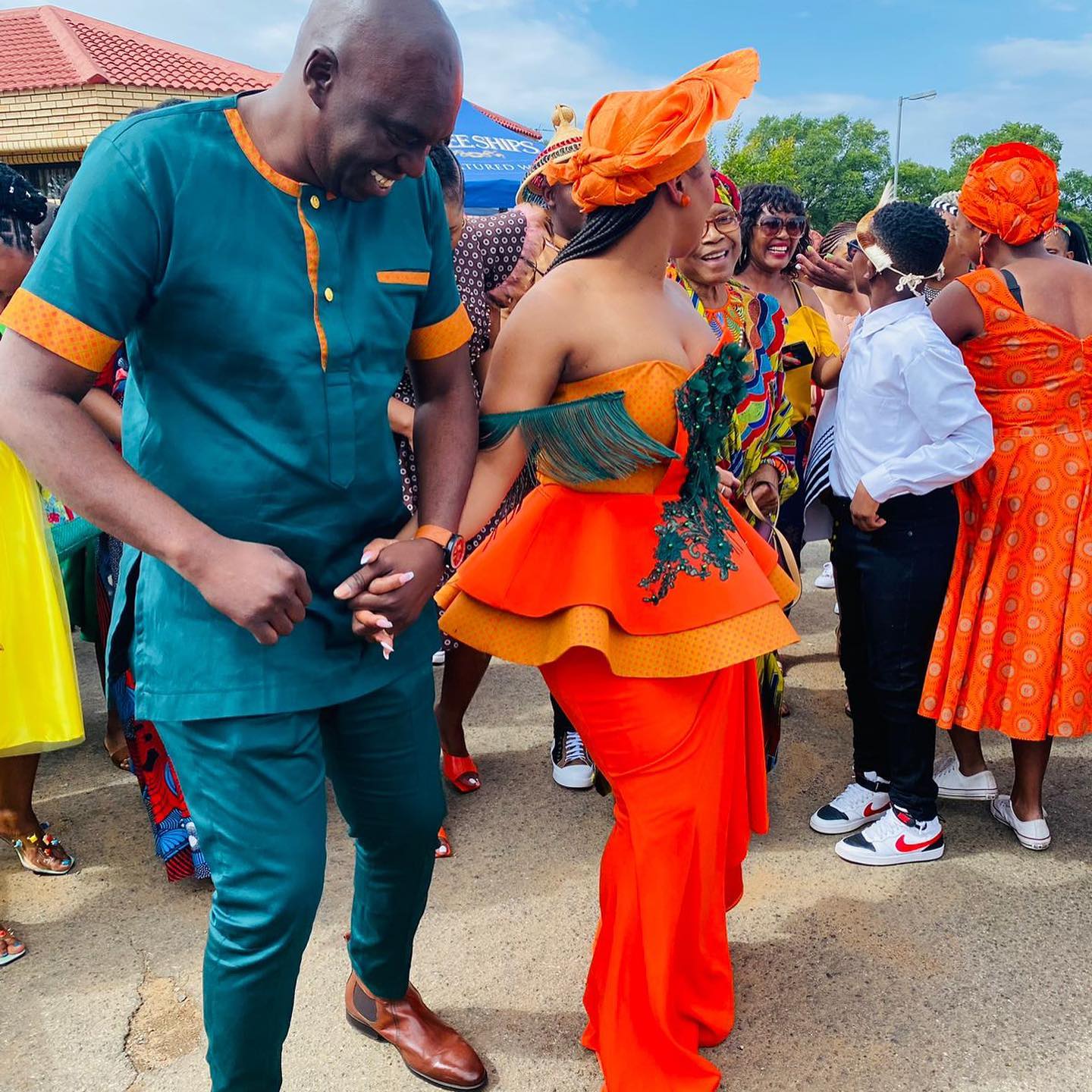
2. The Basotho Blanket: Meaning, ways to wear, and accessorizing
The Basotho blanket holds great cultural significance for the Sotho people. It is worn as a symbol of pride and identity. There are various ways to wear a Basotho blanket, such as draping it over the shoulders or using it to wrap around the waist. Accessorize the look with beaded necklaces or traditional waistbands for a complete traditional outfit.
3. The Sefalana Hat: Symbolism, variations, and matching with outfits
The Sefalana hat is a traditional hat worn by both men and women in Sotho culture. It symbolizes authority and wisdom. The hat comes in different variations, including different shapes and sizes. When matching the Sefalana hat with outfits, consider wearing it with a traditional dress or suit for a formal look, or pair it with a casual outfit for a touch of cultural flair.

Accessories and Complements
When it comes to styling Sotho Traditional Clothing, accessories play a crucial role in completing the overall look. Here are some tips to enhance your outfit with the right accessories and complements.
1. Beadwork and jewelry: Adding flair to your Sotho Traditional Clothing
Incorporating beadwork and jewelry can add a touch of elegance to your attire. Consider wearing colorful beaded necklaces, bracelets, or earrings that complement the colors and patterns of your outfit. These accessories not only showcase the rich cultural heritage of the Sotho people but also bring a vibrant and eye-catching element to your ensemble.
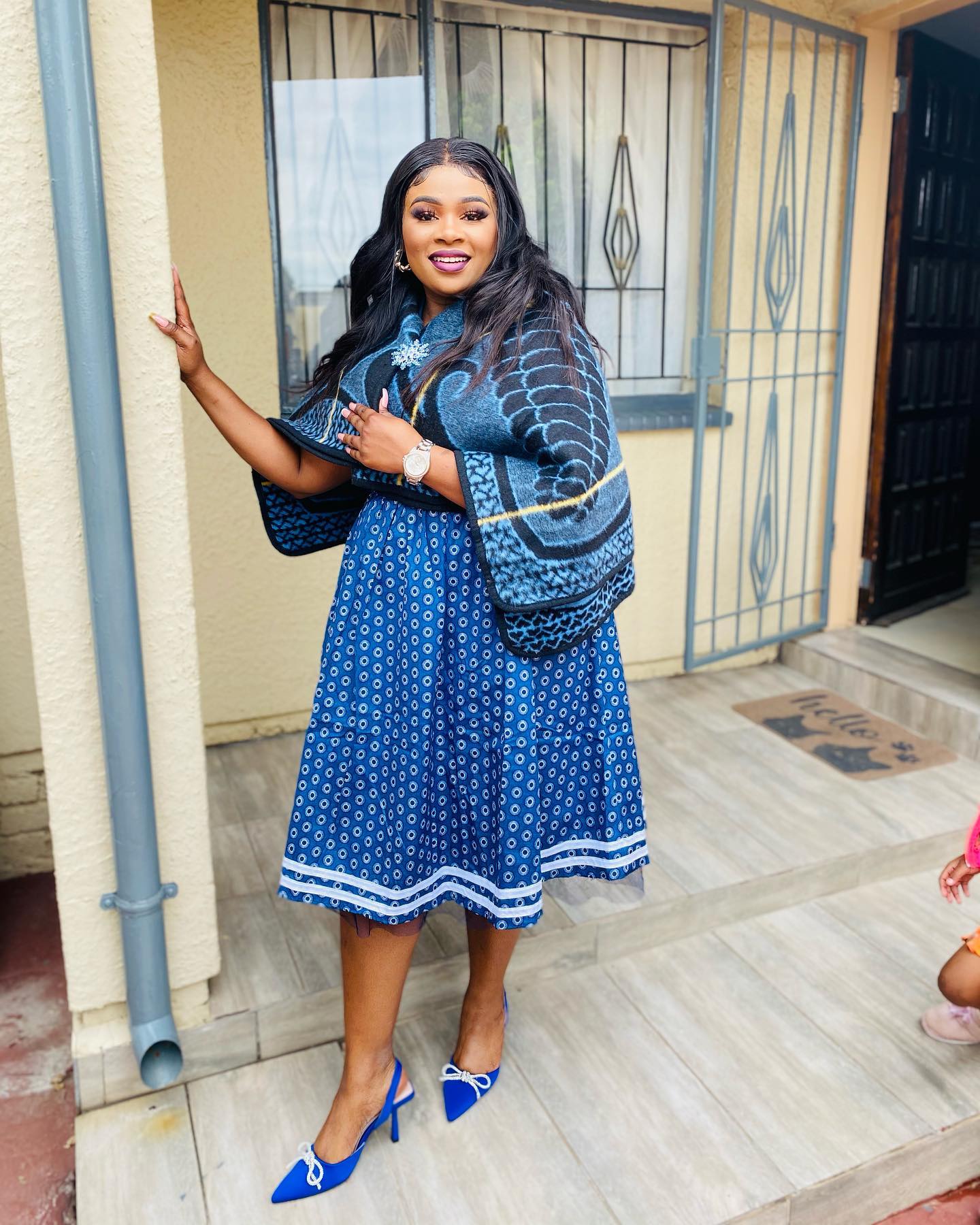

2. Shoes and footwear: Choosing the right pair to complete the look
When it comes to footwear, opt for traditional Sotho shoes, such as mokorotlo sandals or mokorotla shoes. These handmade shoes are not only comfortable but also symbolize the cultural significance of the Sotho attire. Choose footwear that matches the colors and style of your clothing to create a cohesive and stylish look.
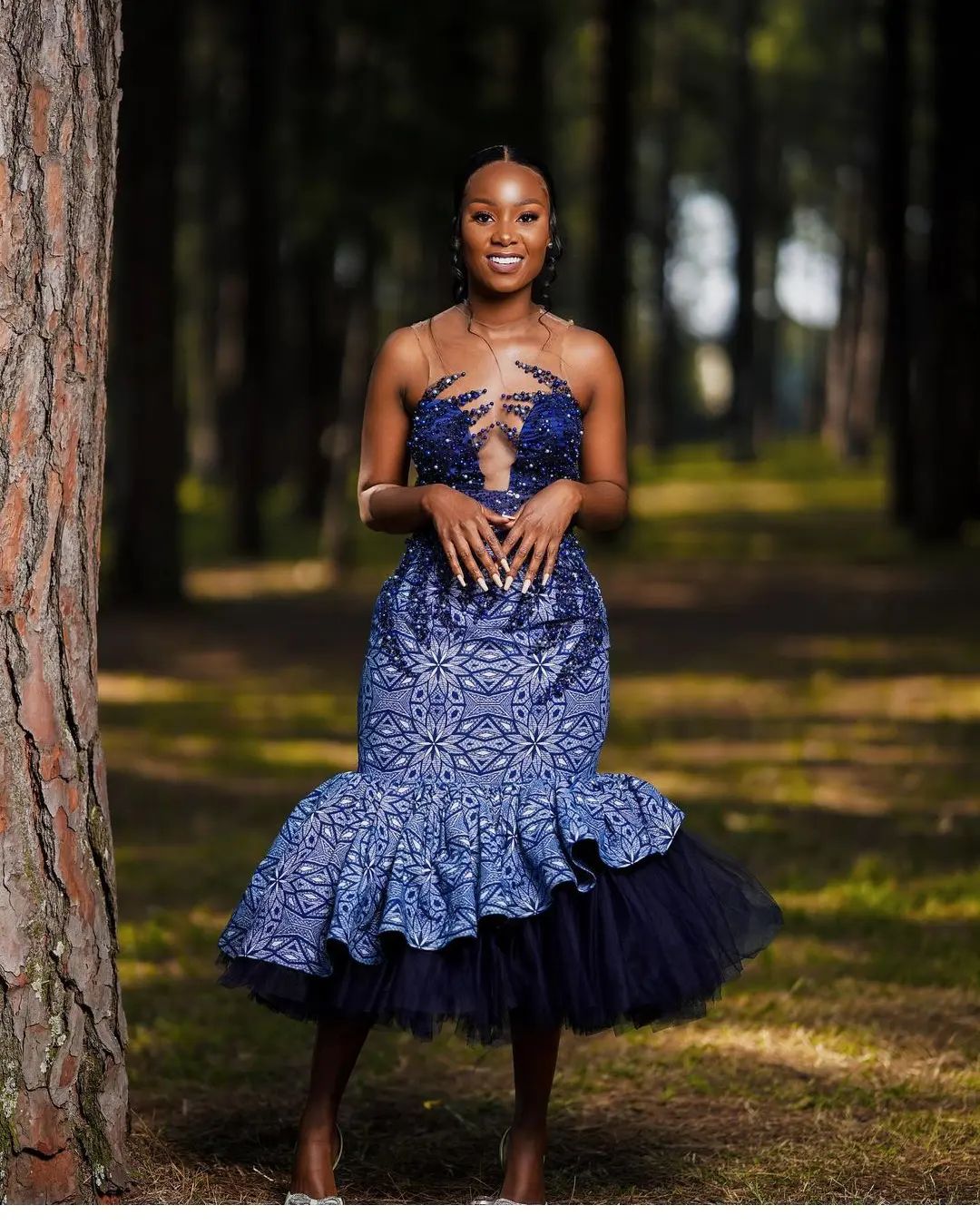

3. Hairstyles and headpieces: Enhancing your style with traditional hairdos
To complement your Sotho Traditional Clothing, consider styling your hair in traditional Sotho hairstyles. These hairstyles often incorporate intricate braids, twists, and cornrows. You can also adorn your hair with traditional headpieces like seshoeshoe turbans or reetsa headbands, which add a regal and authentic touch to your overall look.
Remember, styling Sotho Traditional Clothing is about embracing the culture and celebrating the unique heritage of the Sotho people. By paying attention to these accessories and complements, you can showcase your individuality and create a stunning ensemble that is both traditional and fashionable.
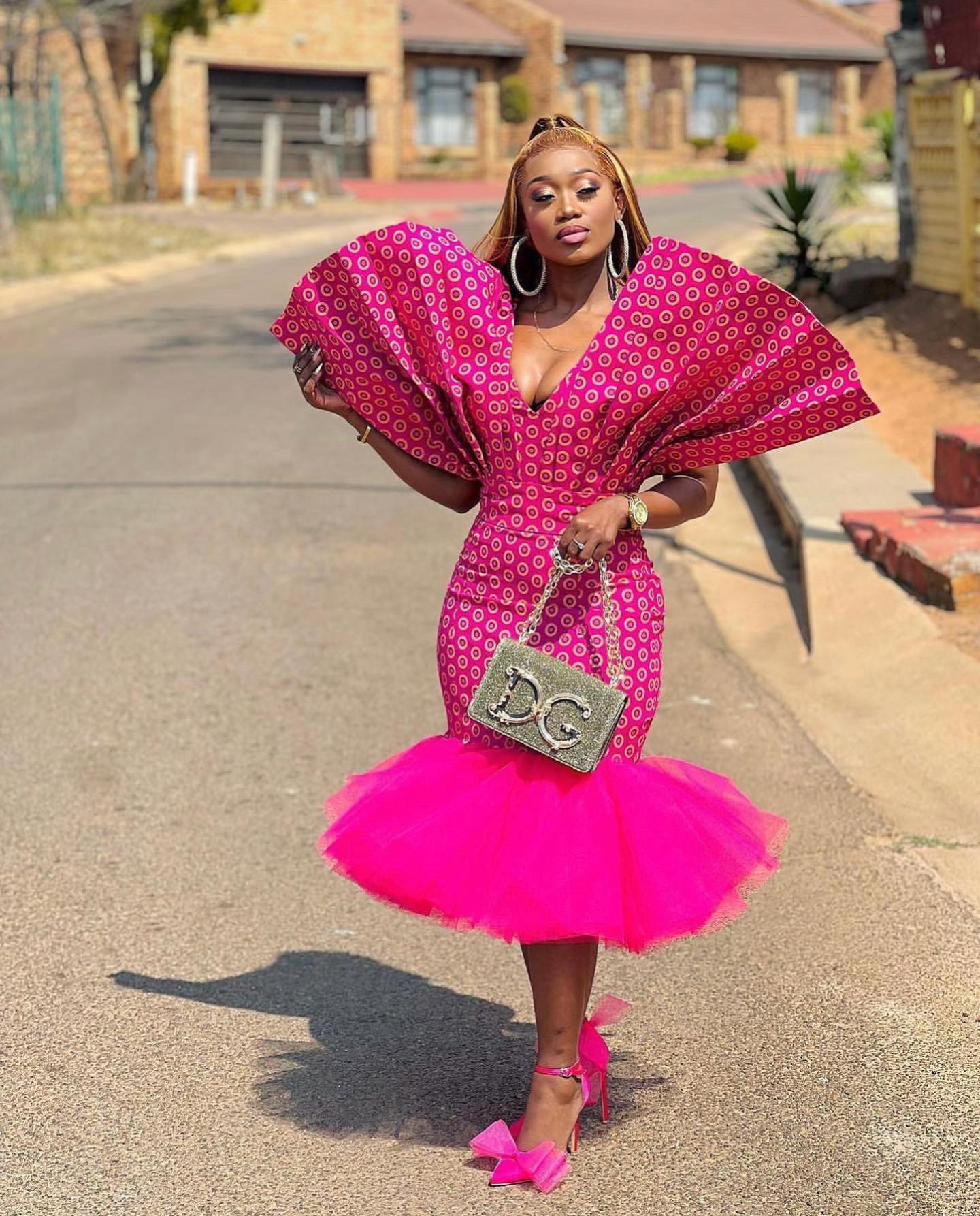
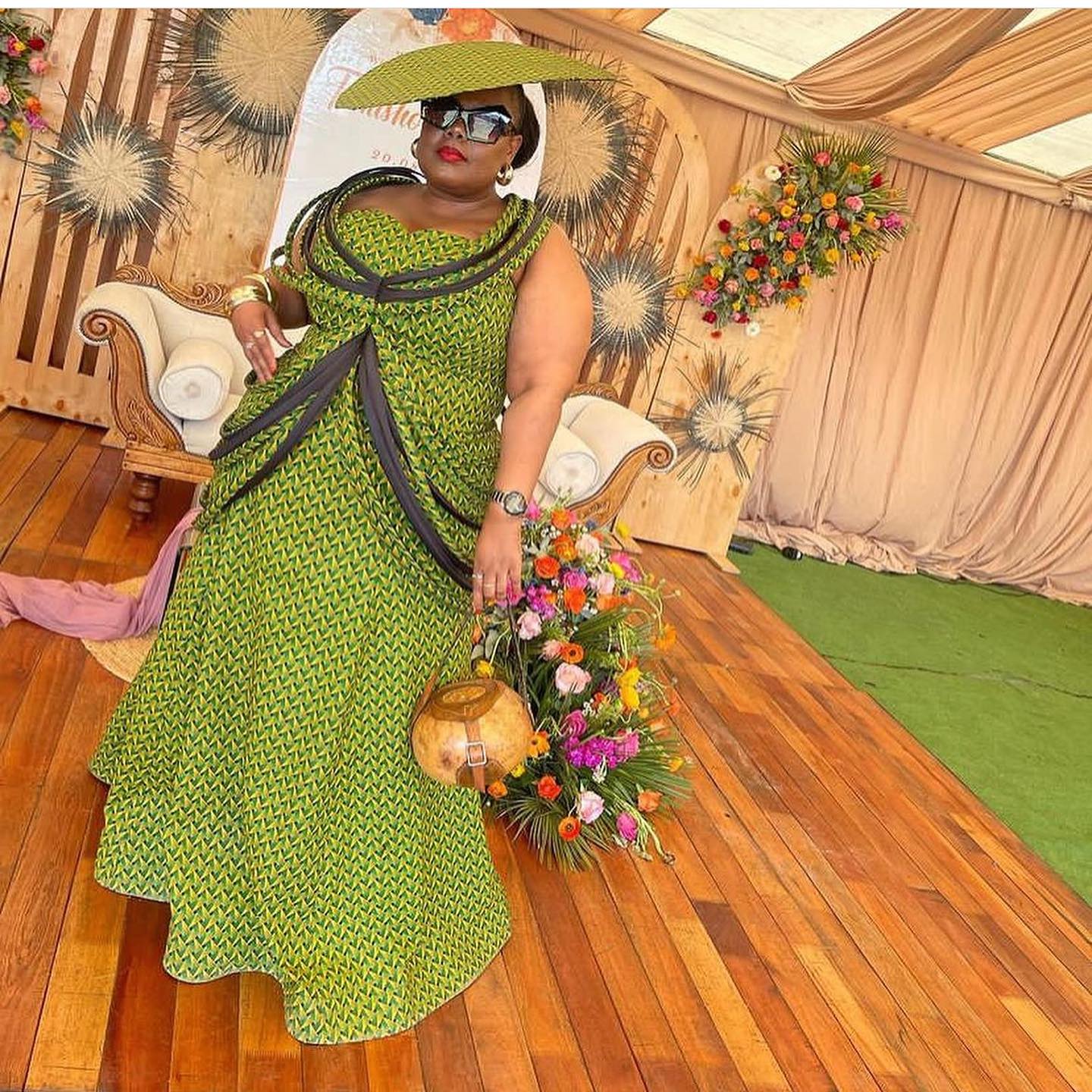
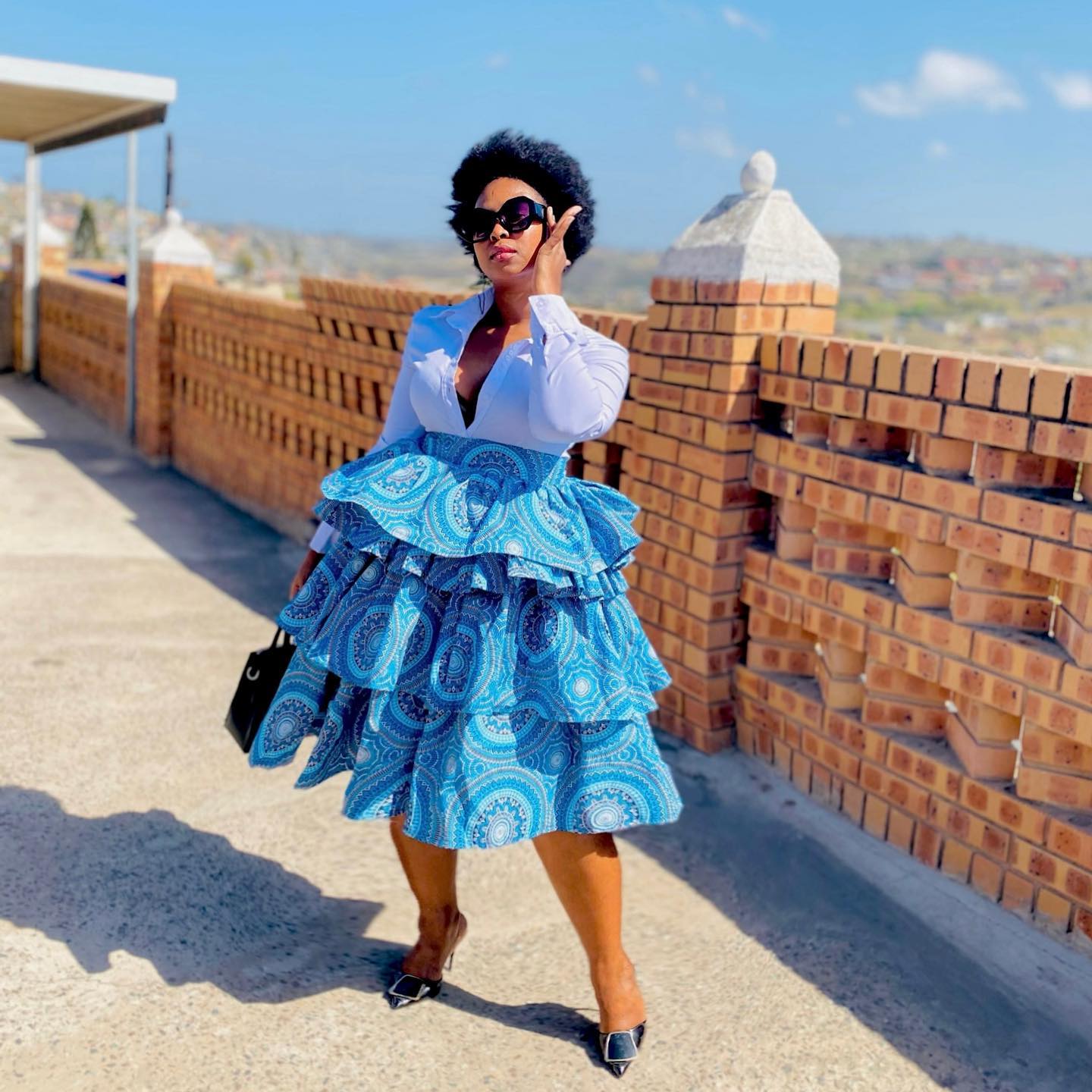
Tips for Styling Sotho Traditional Clothing
1. Mixing modern and traditional: Incorporating contemporary elements
When styling Sotho traditional clothing, don’t be afraid to combine modern and traditional elements. This can be done by pairing a traditional Sotho dress or skirt with a trendy top or accessories. For example, you can wear a modern blouse or a stylish jacket to give your outfit a modern twist. This combination allows you to showcase your cultural heritage while also creating a unique and fashion-forward look.
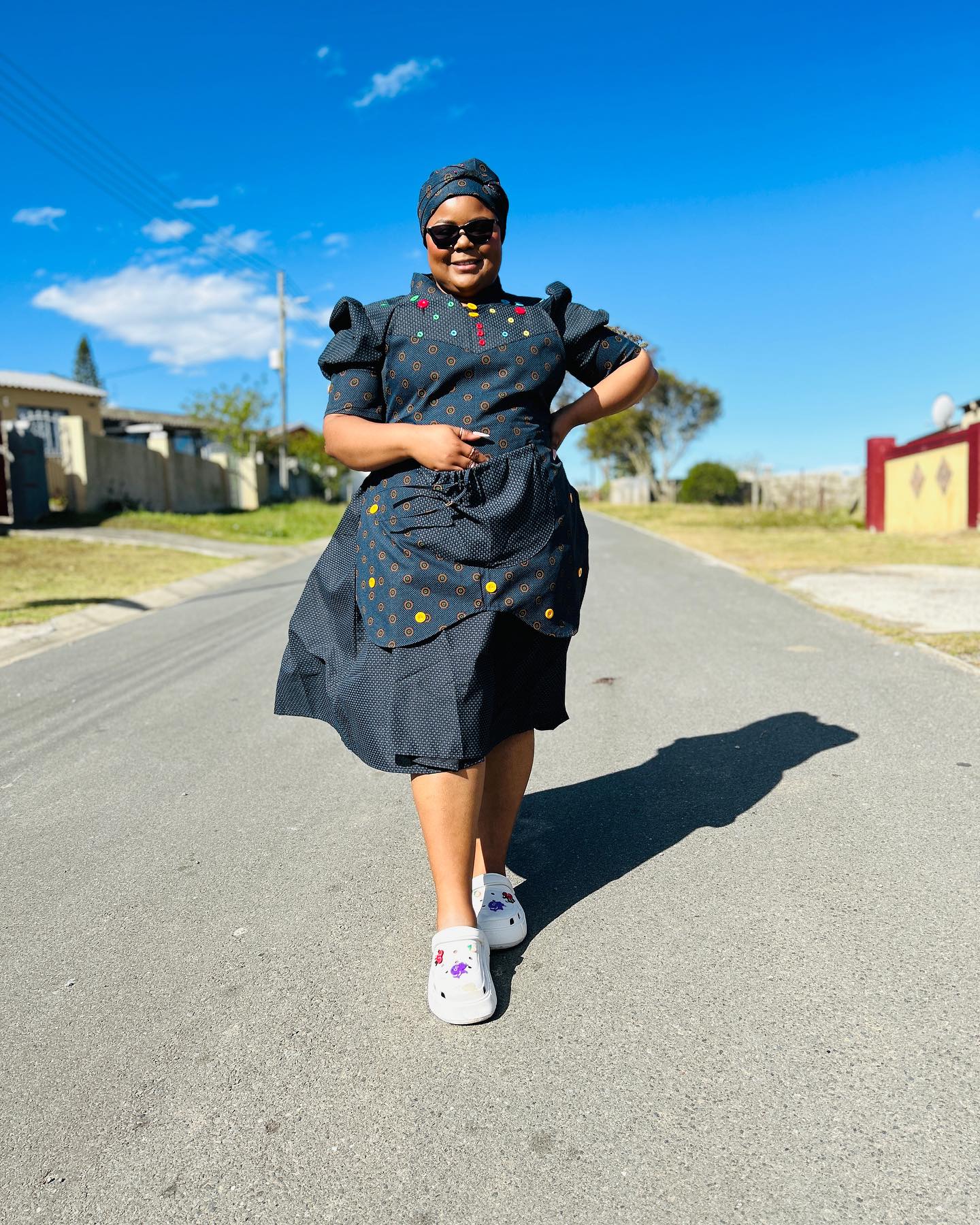

2. Choosing the right colors and patterns: Harmonizing your outfit
When selecting colors and patterns for your Sotho traditional clothing, it’s important to ensure they harmonize with each other. Sotho traditional clothing is known for its vibrant and bold colors, so don’t be afraid to experiment. However, it’s essential to choose colors and patterns that complement each other and create a cohesive look. Consider using color blocking techniques or pairing complementary colors to make your outfit visually appealing.
Remember, styling Sotho traditional clothing is about celebrating your culture and expressing your personal style. Be creative, embrace the vibrant colors, and have fun experimenting with modern and traditional elements to create a unique and fashionable look.
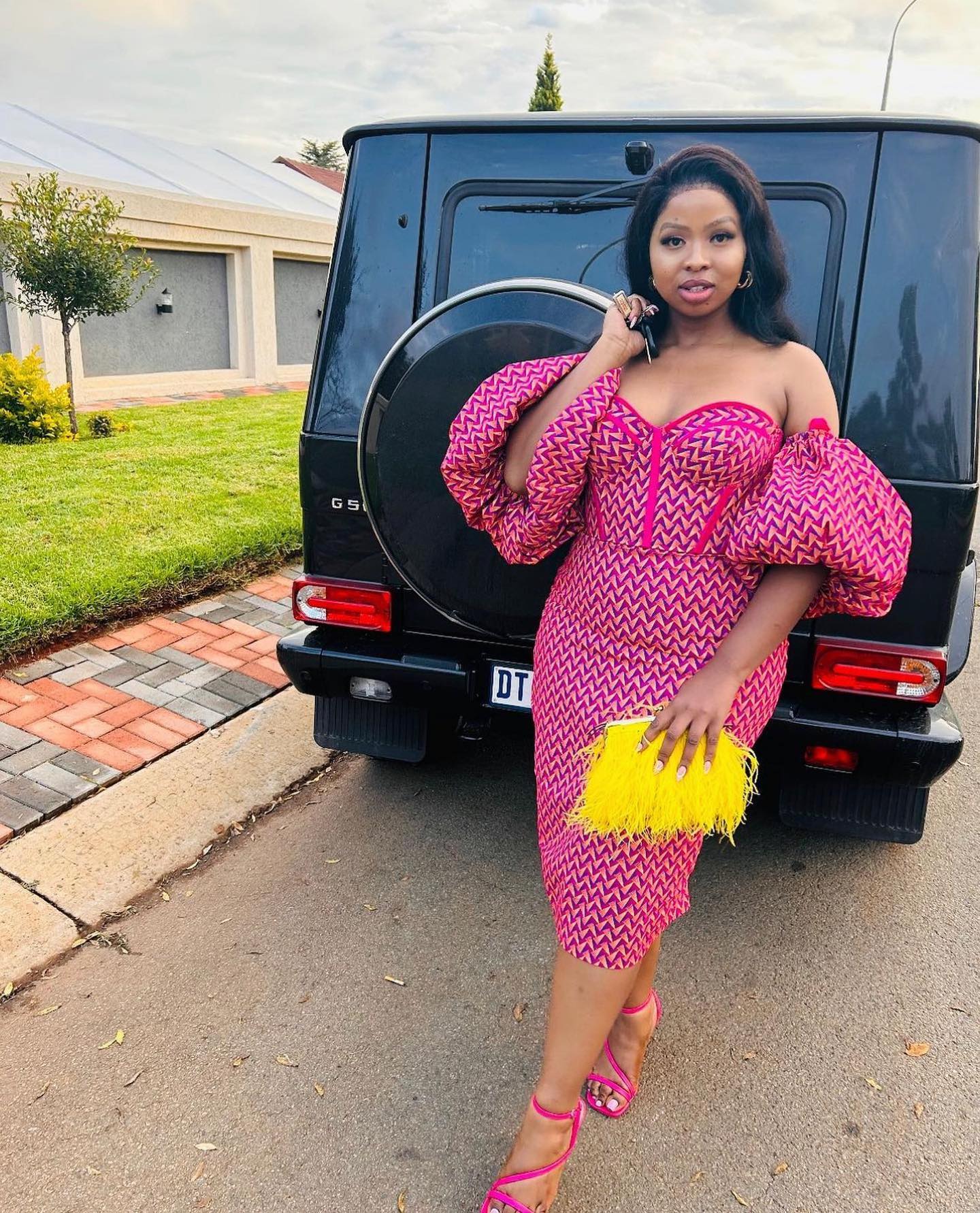
Comments are closed.